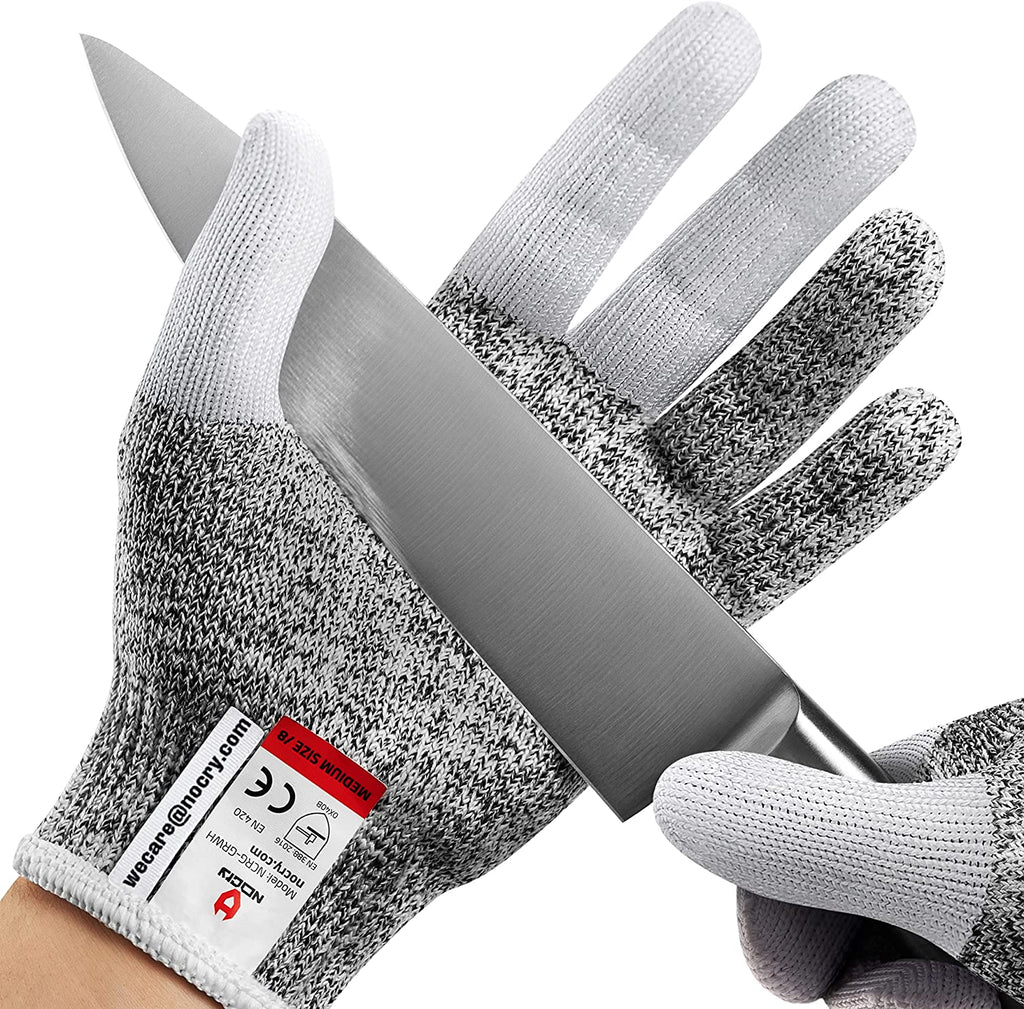Welcome to an in-depth guide on how to use a Serbian chef knife. If you are a cooking enthusiast or a professional chef, understanding the intricacies of this traditional yet innovative kitchen tool can elevate your culinary skills to new heights. This article aims to equip you with comprehensive knowledge, right from gripping the knife to mastering advanced techniques. Let's dive in!

What Makes the Serbian Chef Knife So Special?
The Serbian chef knife, also known as the Almazan knife, is a versatile tool that's gaining popularity among cooking aficionados worldwide. Known for its unique design and robust construction, this knife offers unparalleled functionality and precision.
Unique Design and Build
One of the first things you'll notice about a Serbian chef knife is its distinct shape. The blade is broader and heavier than that of a typical chef knife, which makes it exceptionally durable and versatile. Made from high-quality carbon steel, this knife retains its edge for a long time, ensuring that it stays sharp even after extensive use.
Multi-functional Use
A Serbian chef knife can be used for a myriad of kitchen tasks. Whether it's chopping vegetables, slicing meat, or even crushing garlic, this knife is built to handle it all. Its weight and balance make it ideal for both delicate and heavy-duty tasks. For more information on its multi-functional use, check out this detailed guide.

How to Properly Grip a Serbian Chef Knife
Before diving into advanced techniques, it's crucial to understand the importance of gripping your knife correctly. A proper grip not only ensures precision but also minimizes the risk of injury.
The Pinch Grip Method
The pinch grip is one of the most effective ways to hold a Serbian chef knife. Grip the blade with your thumb and index finger, just where the blade meets the handle. Wrap the remaining fingers around the handle. This grip offers excellent control and stability. For more on this, you might want to check out Knife Safety Tips.
The Handle Grip Method
If you're new to Serbian chef knives, you might find the handle grip more intuitive. Hold the handle firmly, ensuring that your fingers are comfortably wrapped around it. While this grip offers less control than the pinch grip, it's a good starting point for beginners.

Basic Techniques for Using a Serbian Chef Knife
Once you've mastered the grip, it's time to learn the basic techniques for using your Serbian chef knife.
Chopping
Chopping is one of the fundamental skills you'll need to master. With a Serbian chef knife, the weight of the blade does much of the work for you. Use a rocking motion to chop vegetables and herbs efficiently.
Slicing
Slicing is another essential technique. The broad blade of the Serbian chef knife allows for even, straight slices. Whether you're slicing meat, fish, or vegetables, ensure that you use a smooth, controlled motion to achieve precise cuts. For advanced slicing tips, refer to Ultimate Guide to Knife.
Dicing
Dicing involves cutting ingredients into small, uniform pieces. With a Serbian chef knife, you can dice vegetables and fruits quickly and efficiently. Use the tip of the blade to guide the cutting, ensuring consistent results.
Advanced Techniques for the Serbian Chef Knife
Once you're comfortable with the basics, you can move on to more advanced techniques. These skills will allow you to fully utilize the versatility of your Serbian chef knife.
Butterflying
Butterflying is a technique used to prepare meat, fish, or poultry. Place the ingredient flat on the cutting board and use the blade to slice horizontally, creating a 'butterfly' effect. This technique is perfect for even cooking and marinating. Learn more about proper cutting techniques at Fruit Cutting Guide.
Julienning
Julienning involves cutting ingredients into thin, matchstick-like strips. This technique is commonly used for vegetables in salads and stir-fries. The broad blade of the Serbian chef knife makes it easy to achieve uniform strips quickly. For additional knife skills, visit Perfect Steak Knives.
Maintenance Tips for Your Serbian Chef Knife
Maintaining your Serbian chef knife is crucial for ensuring its longevity and performance. Here are some tips to keep your knife in top condition.
Regular Sharpening
Regular sharpening is essential for maintaining the edge of your Serbian chef knife. Use a sharpening stone or professional services to keep the blade sharp. A sharp knife not only performs better but is also safer to use. Curious about the best kitchen knives? Check out Cleaver Knife Tips.
Proper Cleaning
Always clean your Serbian chef knife immediately after use. Hand wash it with warm water and mild detergent, then dry it thoroughly. Avoid putting it in the dishwasher as the high temperatures and detergents can damage the blade.
Correct Storage
Store your Serbian chef knife in a knife block or magnetic strip to protect the blade from damage. Avoid storing it loosely in a drawer where it can get nicked or dulled.
FAQs
What sets a Serbian chef knife apart from other knives?
The broad, heavy blade and durable carbon steel construction make the Serbian chef knife unique. It offers versatility and longevity that other knives often can't match.
Can beginners use a Serbian chef knife?
Yes, beginners can use a Serbian chef knife. Starting with a proper grip and basic techniques, new users can quickly adapt to the knife's weight and balance.
Is it necessary to regularly sharpen a Serbian chef knife?
Yes, regular sharpening is crucial for maintaining the knife's performance. A sharp knife is more effective and safer to use.
As an Amazon Associate, I earn from qualifying purchases.


























